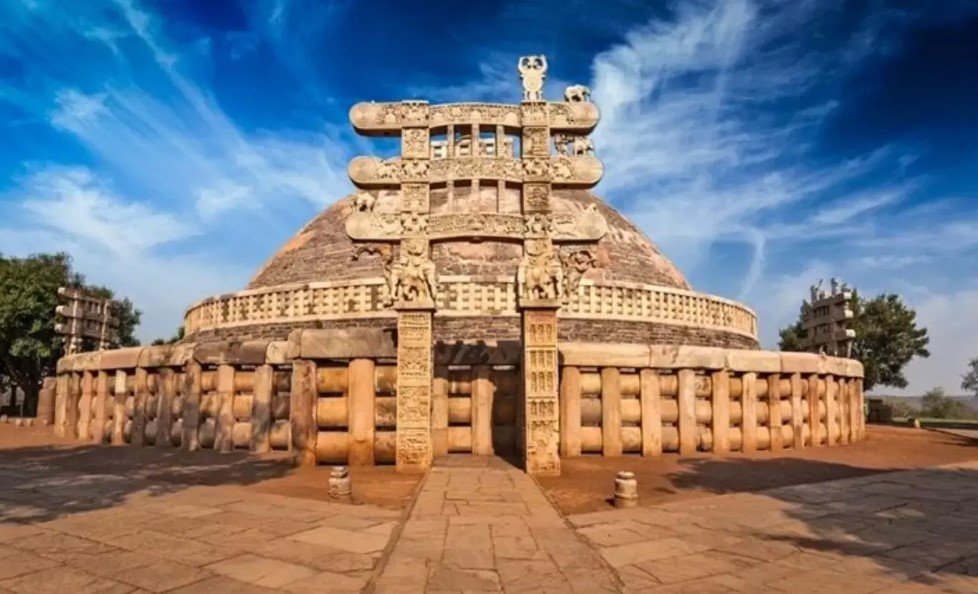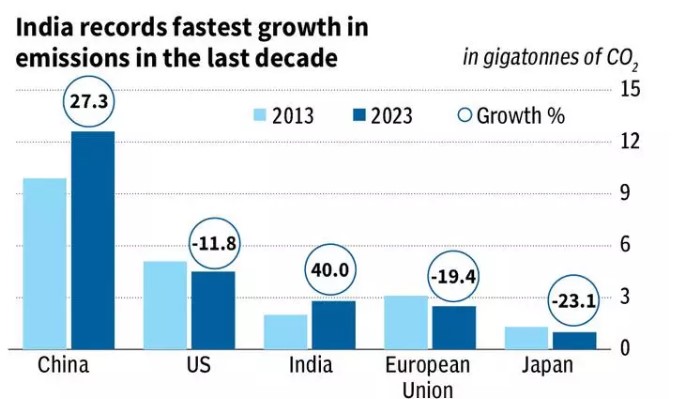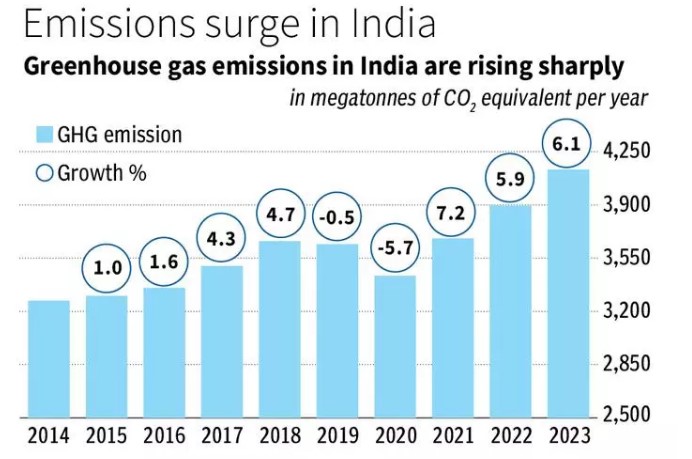External Affairs Minister recently stopped by the replica of the East Gate of Sanchi’s Great Stupa standing in front of Humboldt Forum museum in Berlin.

References
The union government recently launched the Ideas4LiFE portal.
Mission LiFE
Reference
The National Green Tribunal’s (NGT) eastern bench in Kolkata has ordered a stay on road construction work inside the Barak Bhuban wildlife sanctuary in Assam’s Cachar district.
Barak valley
References
Recently, the Periodic Labour Force Survey (PLFS) released its 7th annual report for July 2023 to June 2024.
Findings of the report
|
Rural areas |
Climbed from 50.7% in 2017-18 to 63.7% in 2023-24 |
|
Urban areas |
Saw an increase from 47.6% to 52.0% |
|
Males in India |
Went up from 75.8% in 2017-18 to 78.8% in 2023-24 |
|
Females in India |
From 23.3% in 2017-18 to 41.7%. 2023-24 |
|
Muslim women |
Rose from 15% in 2021-22 to 21.4% in 2023-24 |
|
Hindu women |
Rose from 26.1% in 2021-22 to 33.3% in 2023-24 |
|
Sikh and Christian women |
19.8% to 26.7% and from 34.2% to 38.3%, respectively during same time line. |
Reference
The Hindu | Periodic Labour Force Survey
The recent report of European Commission’s Joint Research Centre (JRC) says that India emerged as the third-highest CO2 emitter globally, accounted for 7.8% in 2023.
GHG emissions are defined as gases released into the atmosphere that trap heat, thus contributing to the greenhouse effect and global warming include carbon dioxide (CO2), methane (CH4), and nitrous oxide (N2O).


Reference